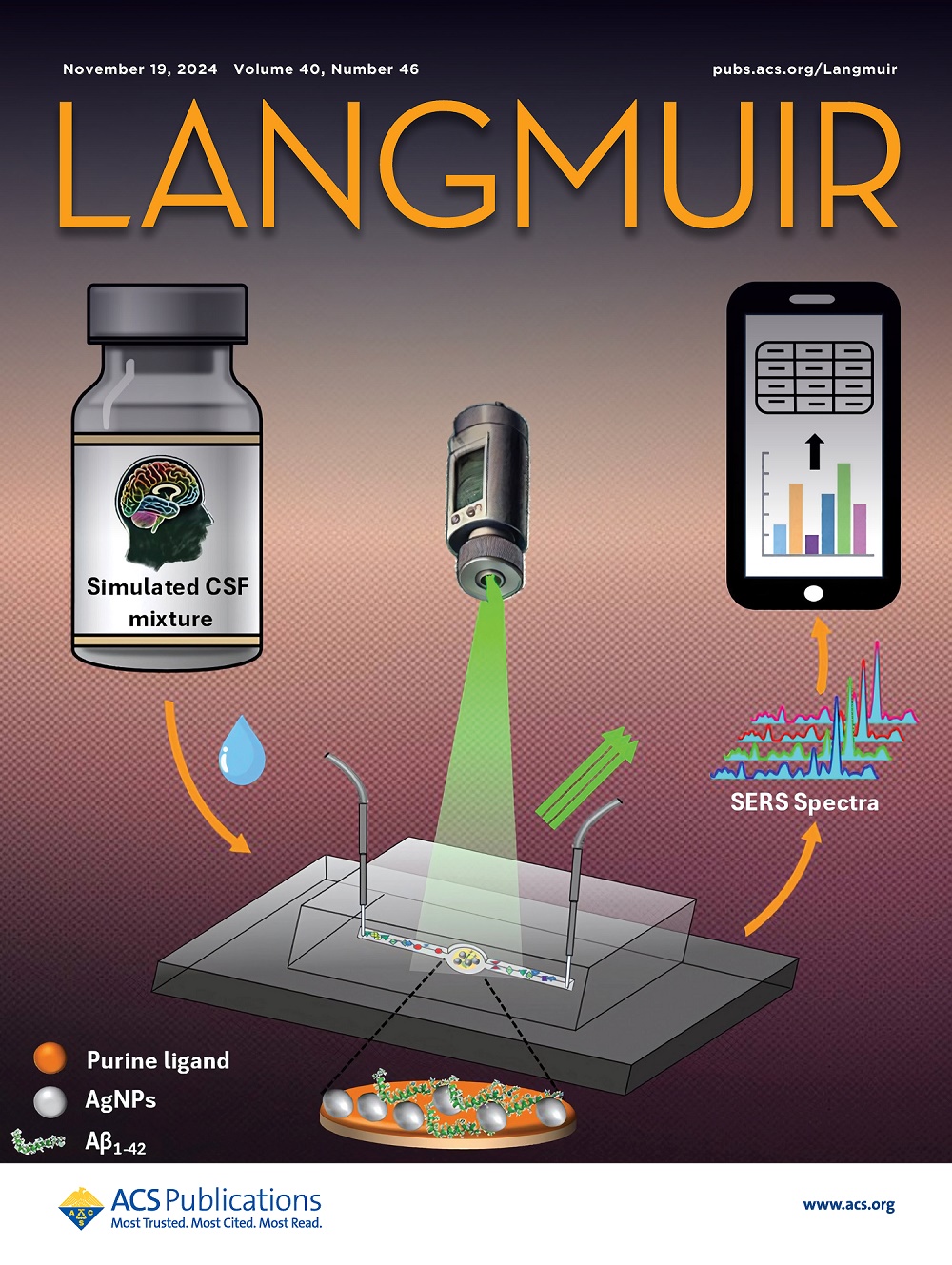Polytriazole Binders Based on Chemical Modification Strategies: Microphase Separation Optimization and Performance Enhancement
IF 3.7
2区 化学
Q2 CHEMISTRY, MULTIDISCIPLINARY
引用次数: 0
Abstract
A traditional butahydroxy solid propellant is widely used because of its good energy and safety properties, but its isocyanate curing system is easily affected by water and has low combustion efficiency during curing. In this paper, by means of the chemical modification method, toluene 2,4-diisocyanate was first used to seal the hydroxy-terminated polybutadiene (HTPB), and then the alkynyl group was introduced to successfully prepare a new alkyny-terminated polybutadiene adhesive (AT-HTPB), which is not subjected to moisture during the curing process and has better comprehensive properties. The process of reaction heat release was monitored online by a fully automatic chemical reactor, which proved that the synthesis path was safe and efficient. The structure of AT-HTPB was characterized by Fourier infrared spectroscopy (FT-IR), hydrogen nuclear magnetic resonance spectroscopy (1H NMR), and gel chromatography (GPC). The results showed that the prepared AT-HTPB had a high purity and good consistency. Differential scanning calorimetry (DSC), dynamic thermomechanical analysis (DMA), and thermogravimetric mass spectrometry (TGA-MS) showed that AT-HTPB had better thermal stability and retained the advantages of lower glass transition temperature (Tg) than HTPB. It is observed that AT-HTPB has more obvious microphase separation through an atomic force microscope (AFM), and the mechanical properties of AT-HTPB elastomers are more superior than those of AT-HTPB elastomers. Then, AT-HTPB was applied to the solid propellant and the combustion performance was compared with that of the BUtadiol propellant. The results showed that the AT-HTPB propellant had a more concentrated flame and better bonding effect. This study proves that AT-HTPB as a new adhesive has broad application prospects in solid propellants.

基于化学改性策略的聚三唑粘合剂:微相分离优化及性能增强
传统的丁羟基固体推进剂因其具有良好的能量和安全性能而得到广泛应用,但其异氰酸酯固化体系在固化过程中容易受水的影响,燃烧效率低。本文采用化学改性的方法,先用甲苯2,4-二异氰酸酯对端羟基聚丁二烯(HTPB)进行密封,再引入炔基,成功制备了新型的端羟基聚丁二烯胶粘剂(AT-HTPB),该胶粘剂在固化过程中不受水分的影响,具有更好的综合性能。利用全自动化学反应器对反应放热过程进行了在线监测,证明了该合成路径是安全高效的。利用傅里叶红外光谱(FT-IR)、氢核磁共振波谱(1H NMR)和凝胶色谱(GPC)对AT-HTPB的结构进行了表征。结果表明,制备的AT-HTPB纯度高,浓度好。差示扫描量热法(DSC)、动态热力学分析(DMA)和热重质谱分析(TGA-MS)结果表明,AT-HTPB具有较好的热稳定性,且保持了较低的玻璃化转变温度(Tg)。原子力显微镜(AFM)观察到AT-HTPB具有更明显的微相分离,且力学性能优于AT-HTPB弹性体。然后将AT-HTPB应用于固体推进剂,并与丁二醇推进剂的燃烧性能进行了比较。结果表明,AT-HTPB推进剂具有更集中的火焰和更好的粘结效果。该研究证明了AT-HTPB作为一种新型粘合剂在固体推进剂中具有广阔的应用前景。
本文章由计算机程序翻译,如有差异,请以英文原文为准。
求助全文
约1分钟内获得全文
求助全文
来源期刊

Langmuir
化学-材料科学:综合
CiteScore
6.50
自引率
10.30%
发文量
1464
审稿时长
2.1 months
期刊介绍:
Langmuir is an interdisciplinary journal publishing articles in the following subject categories:
Colloids: surfactants and self-assembly, dispersions, emulsions, foams
Interfaces: adsorption, reactions, films, forces
Biological Interfaces: biocolloids, biomolecular and biomimetic materials
Materials: nano- and mesostructured materials, polymers, gels, liquid crystals
Electrochemistry: interfacial charge transfer, charge transport, electrocatalysis, electrokinetic phenomena, bioelectrochemistry
Devices and Applications: sensors, fluidics, patterning, catalysis, photonic crystals
However, when high-impact, original work is submitted that does not fit within the above categories, decisions to accept or decline such papers will be based on one criteria: What Would Irving Do?
Langmuir ranks #2 in citations out of 136 journals in the category of Physical Chemistry with 113,157 total citations. The journal received an Impact Factor of 4.384*.
This journal is also indexed in the categories of Materials Science (ranked #1) and Multidisciplinary Chemistry (ranked #5).
 求助内容:
求助内容: 应助结果提醒方式:
应助结果提醒方式:


